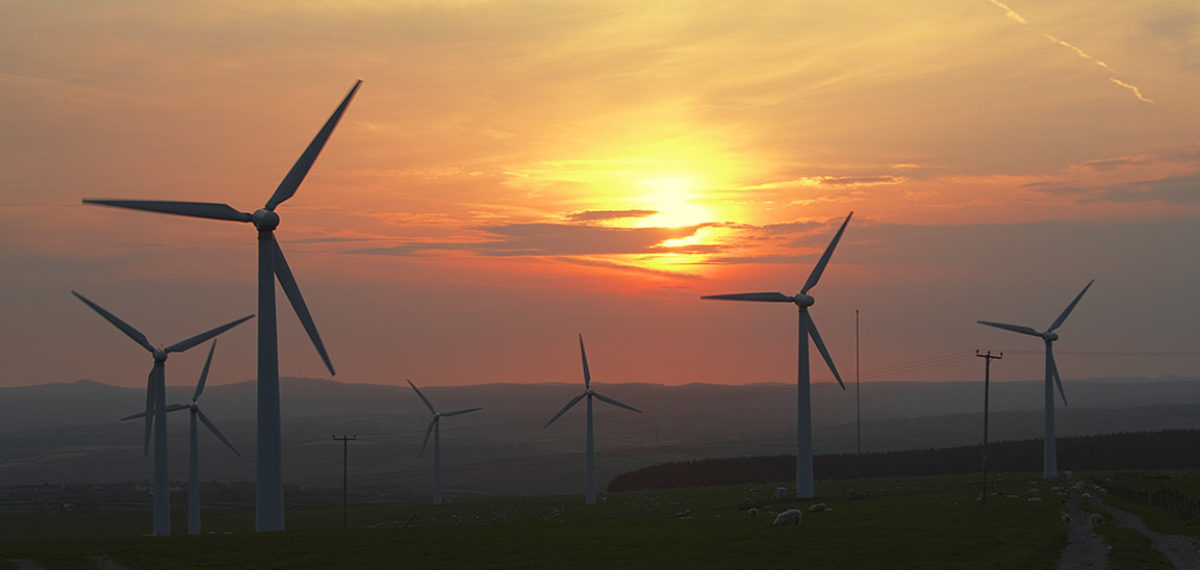Even-handed analysis of data from Germany and the UK indicates that it is still easily possible to dramatically reduce carbon emissions whilst greatly reducing the amount of energy coming from nuclear power.
One thing not usually appreciated in the arguments about the impact of nuclear power plant retirements in Germany is that in reality much the same process has occurred, for different reasons, in the UK. In both Germany and the UK the falling proportion of electricity coming from nuclear power has gone along with dramatic reductions in carbon emissions from electricity in both countries.
Peering through the fog of the current debate one would almost think that ‘pro-nuclear’ UK was busy cutting its carbon emissions by increasing nuclear output whilst ‘anti-nuclear’ Germany was busy increasing them, or at least not reducing them, by its phase-out policy. Yet nothing of the sort has been happening.
First, strong declines in nuclear’s share of electricity output this century have been occurring in BOTH the UK and Germany. In 1997 Germany derived around 31 per cent of its electricity from nuclear power whilst the UK sourced around 27 per cent from nuclear power. In 2019 nuclear’s share had fallen to 12 per cent in the case of Germany and 17 per cent in the case of the UK (the older ‘Magnox’ plant having been phased out in the early years of the century). Germany’s nuclear proportion is set to fall further as the phase-out policy is implemented. However, so is the UK’s nuclear proportion going to reduce as generation from the AGR power plant wind down. Even as Hinkley C comes online (sometime after 2026?) the UK’s nuclear proportion of power seems likely to fall to around 9 per cent.
In the UK nuclear power has declined because of its weak economics and consistent failure to deliver the nuclear expansion supported by successive Governments. In Germany the political consensus is about finding a different, sustainable, system that does not include nuclear power.
Of course the more rapid phase-out of nuclear in Germany compared to that of the UK has been paralleled by a bigger rapid build-up of renewables in Germany. 44 per cent of electricity came from renewables in Germany in 2019 whilst 37 per cent came from renewables in the UK in the same year. We can see from this that the proportion of power generated from non-fossil sources in both countries is roughly the same. It is also the case that carbon emissions from electricity use in Germany have fallen by a third since 2013 – precisely the period when nuclear power stations have been taken offline as a matter of political policy.
Of course the amount of carbon emitted per kWh of electricity in Germany is still substantially higher than it is in the UK, but that is attributable to the fact that Germany still burns a substantial amount of coal in its electricity generation. That’s a failing in German policy, but it is also fair to comment that the UK has been in a much better position to substitute natural gas for coal generation because the UK has access to relatively cheap North Sea gas, whilst Germany has to import gas at much higher prices, a lot of it from Russia.
Both the cases of Germany and the UK knock the pro-nuclear arguments on the head that say that increases in renewable energy cannot reduce carbon emissions without maintaining nuclear production. Clearly they can!
David Toke
Donate to our fund to commission a 100 per cent renewable energy model for the UK! Go to the link here

One thought on “How nuclear run-downs in UK and Germany are not stopping electricity being decarbonised”